Traditions & Customs
Exploring Culinary Diversity: Traditions & Customs
Culinary diversity is a rich tapestry that weaves together flavors, techniques, and traditions from around the globe. From the spices of India to the pasta of Italy, food reflects the unique cultural heritage of each region. Let's delve into the fascinating world of culinary traditions and customs that make our dining experiences so varied and delightful.
1. Indian Cuisine
Indian cuisine is a vibrant tapestry of colors, flavors, and spices. From the fiery curries of the south to the aromatic biryanis of the north, each region in India boasts a unique culinary tradition. Spices like cumin, turmeric, and cardamom are used generously to create dishes that are a feast for the senses.
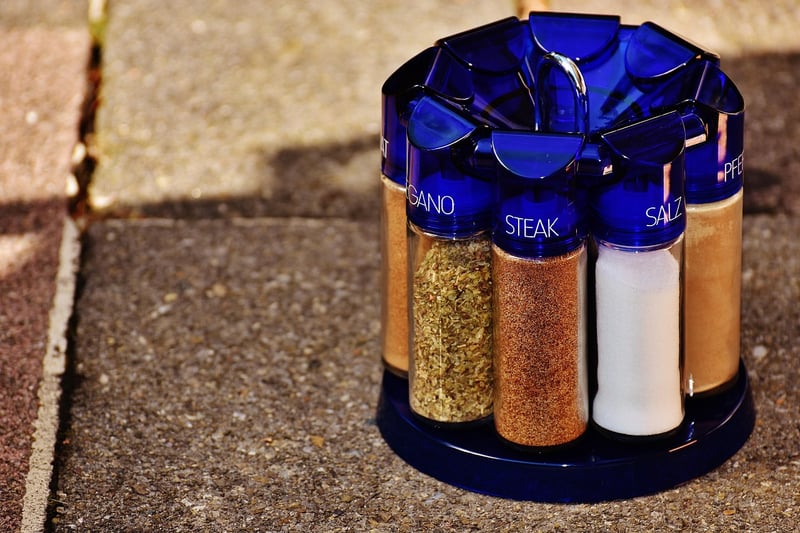
2. Italian Cuisine
Italian cuisine is renowned for its simplicity and freshness. From pasta to pizza, Italians take pride in using fresh, locally sourced ingredients to create dishes that are bursting with flavor. Olive oil, tomatoes, and basil are staples in Italian cooking, reflecting the Mediterranean climate of the region.
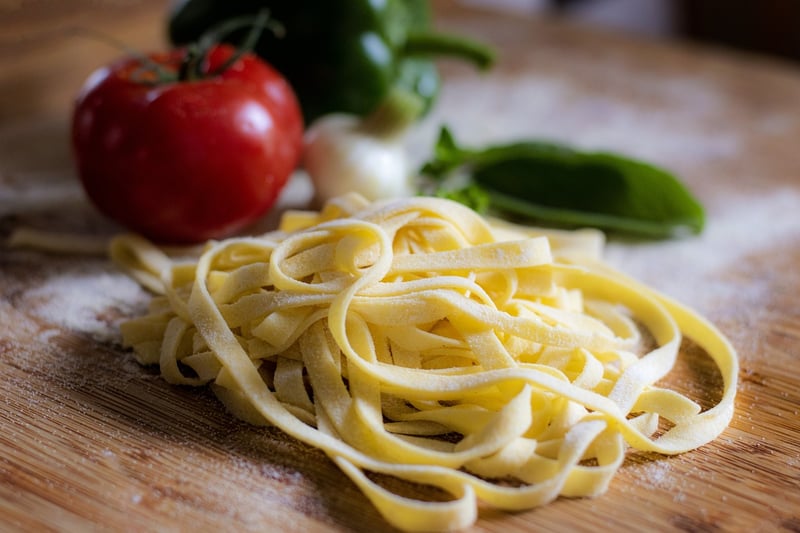
3. Japanese Cuisine
Japanese cuisine is a delicate balance of flavors and textures. From sushi to ramen, Japanese dishes are meticulously prepared to showcase the natural essence of each ingredient. Soy sauce, miso, and seaweed are commonly used in Japanese cooking, creating dishes that are both healthy and delicious.
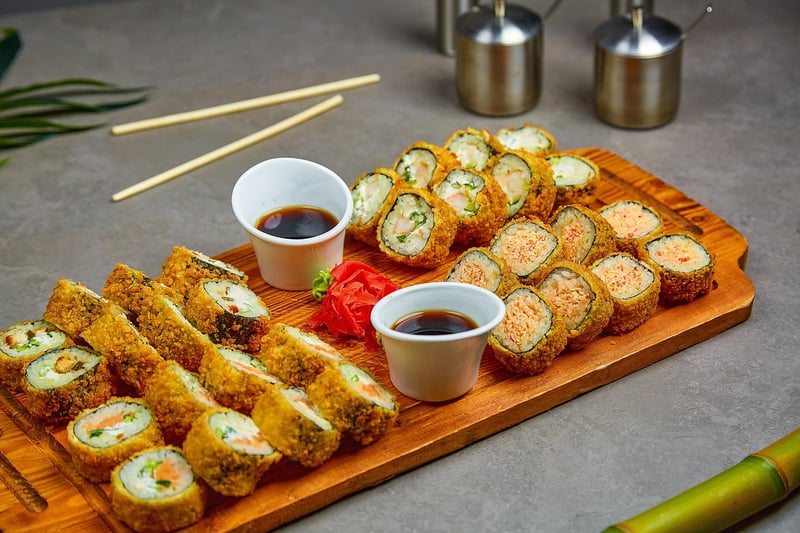
4. Mexican Cuisine
Mexican cuisine is a fiesta of flavors and spices. From tacos to tamales, Mexican dishes are a celebration of bold and vibrant flavors. Ingredients like chili peppers, corn, and beans are staples in Mexican cooking, reflecting the rich agricultural heritage of the region.
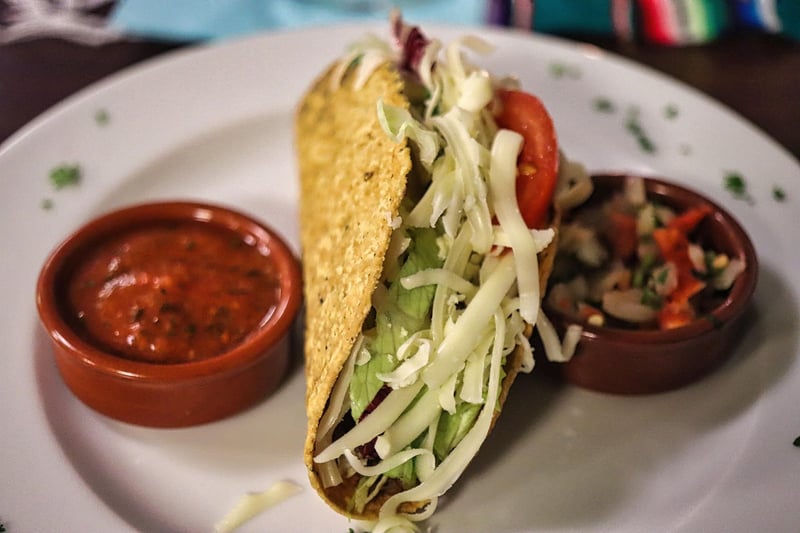
5. French Cuisine
French cuisine is the epitome of elegance and sophistication. From coq au vin to croissants, French dishes are a marriage of tradition and innovation. Butter, cream, and herbs like thyme and tarragon are commonly used in French cooking, creating dishes that are rich and indulgent.
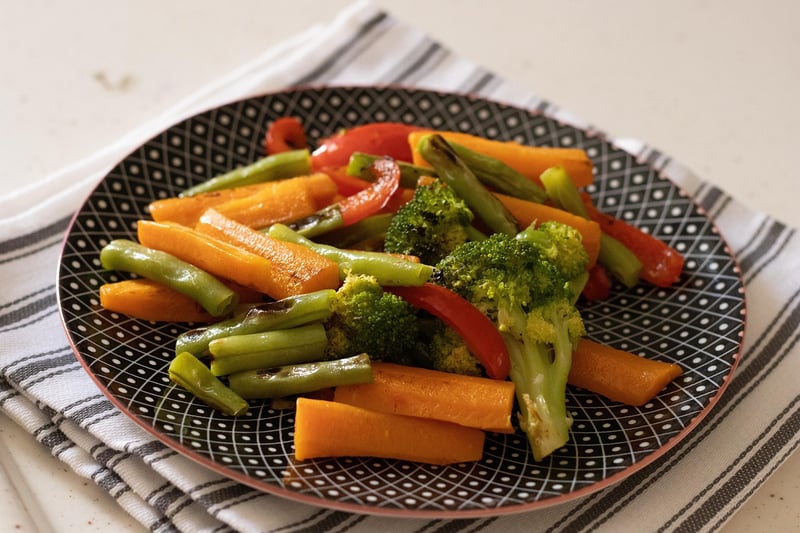
Each of these culinary traditions offers a glimpse into the rich tapestry of global cuisine. By exploring the traditions and customs of different cultures, we can broaden our culinary horizons and develop a deeper appreciation for the diversity of flavors that make our world so delicious.
So, the next time you sit down to enjoy a meal, take a moment to savor the flavors and reflect on the traditions and customs that have shaped the dish before you.
